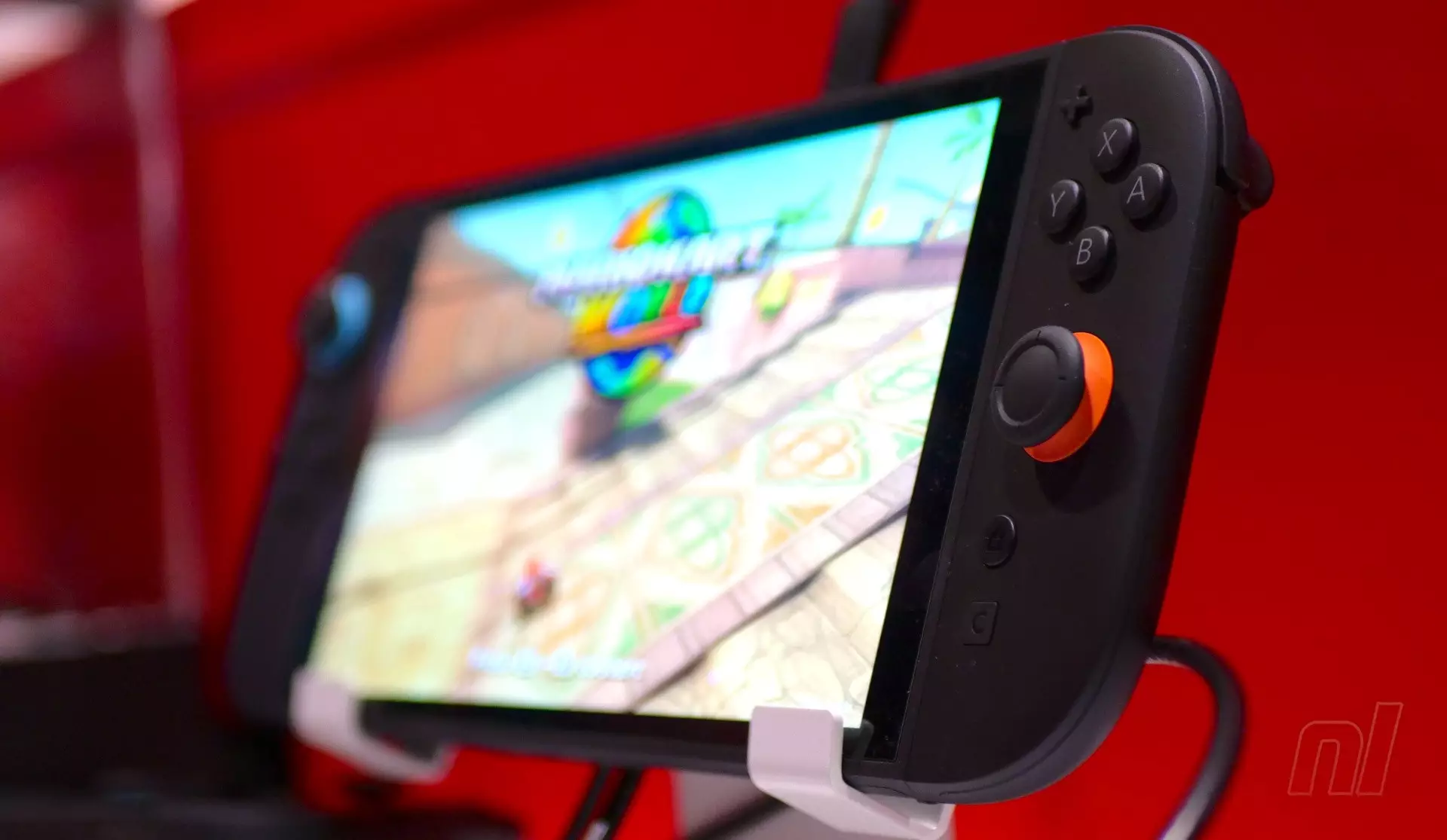When Nintendo launched the Switch 2, expectations soared, but not always for the reasons many anticipated. Much of the conversation centered around hardware specs, comparative power against other consoles like the Xbox Series S or PlayStation 4, and whether it could truly deliver next-gen experiences. However, a closer examination reveals that the real story isn’t just raw performance but how Nintendo has strategically positioned the console in the gaming ecosystem—blending power, portability, and innovative technology. This nuanced approach challenges conventional wisdom and suggests that the Switch 2 might be far more formidable than initial impressions implied.
The industry’s early whispers, including developers’ insights, paint a picture of a device that, despite not matching high-end consoles in sheer GPU grunt, compensates with technological ingenuity. The GPU in the Switch 2 is reportedly just slightly below the Series S—a console designed primarily for digital downloads and 1440p gaming. When factoring in the unique capabilities like DLSS support, the gap narrows further, indicating that Nintendo’s handheld is capable of delivering high-quality visuals without demanding immense power. Meanwhile, the CPU sits closer to a PlayStation 4, which, while not cutting-edge, still provides enough processing muscle for many modern game mechanics.
This juxtaposition of modest raw power with advanced technological features underscores Nintendo’s strategic design philosophy. It’s less about brute-force performance and more about balanced, targeted innovation, making the Switch 2 a compelling platform for developers who want to optimize for portability and versatility without sacrificing too much in visual fidelity or gameplay complexity.
The Implications for Developers and Games
One of the more intriguing aspects of the Switch 2’s performance profile is how it influences game development and porting. Industry insiders quote that most titles at 60 FPS on the Series S could easily transition to the Switch 2, especially when the games are GPU-bound and well-optimized. The important caveat here is that game design isn’t solely about raw specs; it’s about how effectively developers harness available technologies. The inclusion of DLSS on the Switch 2 opens avenues for upscaling and performance boosts that were previously exclusive to more powerful hardware.
Complex physics simulations, sophisticated animations, and CPU-intensive gameplay—traditionally challenging for mid-range consoles—are now more feasible within this hardware context. Developers have already begun to signal encouragement, noting that the Switch 2’s architecture lends itself well to porting existing titles with minimal sacrifice. This not only broadens the appeal of the console but also accelerates the transition of current-generation games into Nintendo’s hybrid domain.
Furthermore, the emphasis on technological innovation over raw power positions Nintendo to carve out a distinct niche. Instead of competing purely on specs, the company leverages unique features—such as enhanced display technology, innovative controllers, and improved battery life—to create a compelling user experience. This strategic focus ensures that Nintendo’s offerings remain relevant and appealing, even as other consoles surpass it in sheer performance.
Looking Beyond Hardware: Innovation as a Power Play
The buzz from major industry players like Nvidia labeling the Switch 2 a “technical marvel” signifies a departure from traditional performance metrics. This highlight emphasizes that the true strength of Nintendo’s new console lies in its innovative architecture and integrated features—traits that can redefine what constitutes a “powerful” gaming device.
By prioritizing technological advancements like DLSS, enhanced cooling systems, and a carefully balanced CPU-GPU combo, Nintendo signals a shift towards efficiency and clever engineering. These technological differentiators are not just peripherals; they are strategic tools that allow developers to craft experiences that rival conventional high-end consoles without demanding prohibitively expensive hardware.
In essence, the narrative surrounding the Switch 2’s power is evolving. It isn’t just about how fast or how graphically intense the hardware can be but about how well it combines performance with portability and technological innovation. If Nintendo continues to exploit this hybrid approach, the console could redefine the boundaries of portable gaming, making powered-down but highly capable devices mainstream in the industry.
Final Reflection: The conversation about the Switch 2’s raw power might be somewhat superficial. Beneath the surface, Nintendo has thoughtfully engineered a device that balances technological sophistication with strategic efficiency. This balance, combined with industry optimism and developer adaptation, indicates that the Switch 2 could be a pivotal moment—not just for Nintendo but for the future paradigm of portable gaming, where innovation trumps sheer hardware horsepower.

